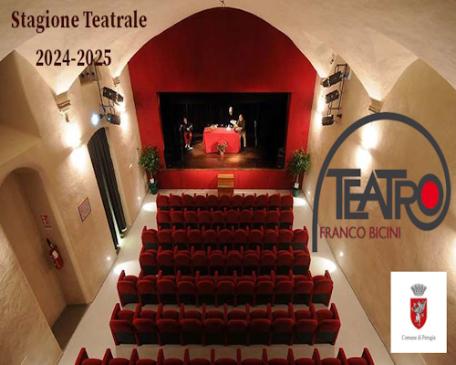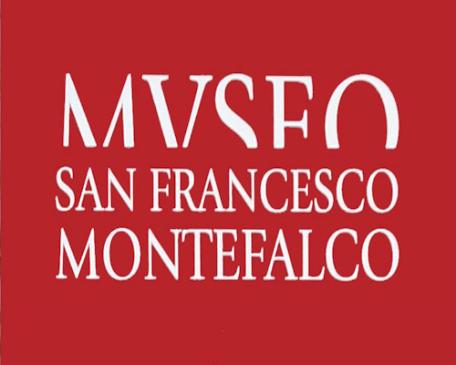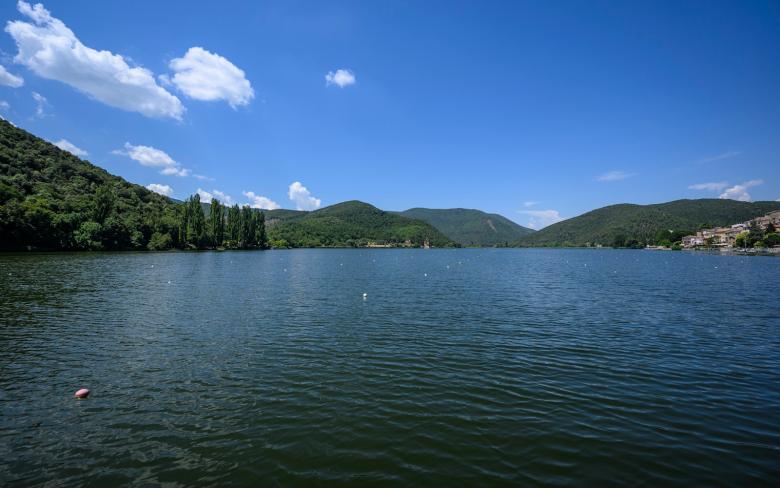Lake Piediluco
Lake Piediluco, located in the south-eastern foothills of Umbria, with a branch bordering into the Lazio Region, is Umbria's second-largest natural lake after Lake Trasimeno.
The name is thought to mean “at the foot of the sacred wood”. Together with the lakes Lungo, di Ripasottile and di Ventina located in the province of Rieti, it represents one of the remnants of the Lacus Velinus, a big basin of alluvial origin that was formed from the Quaternary period.
The lake has an irregular shape and a perimeter of about 13 kilometres, is located at an altitude of 375 metres above sea level, and has a maximum depth of 19 metres. Its natural tributary is the Rio Fuscello, with another two tributaries that are artificial channels, one connecting it to the River Velino and the other one conveying to the lake a portion of water derived from the River Nera. The River Velino flows out of hte lake and is diverted towards the town of Marmore where it forms Marmore Waterfall.
The lake has an irregular shape and a perimeter of about 13 kilometres, is located at an altitude of 375 metres above sea level, and has a maximum depth of 19 metres. Its natural tributary is the Rio Fuscello, with another two tributaries that are artificial channels, one connecting it to the River Velino and the other one conveying to the lake a portion of water derived from the River Nera. The River Velino flows out of hte lake and is diverted towards the town of Marmore where it forms Marmore Waterfall.



















.jpg/59c37a8c-4576-ad5d-b902-45b108fa3d68?width=456)




















